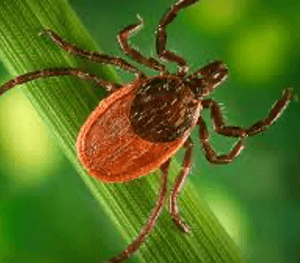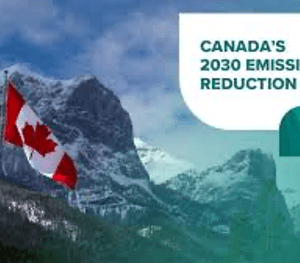Ecojustice (Canada’s largest environmental law charity) explains that choosing between a healthy environment and a strong economy is a flawed lens through which we’ve been conditioned to view the challenges Canada faces when it comes to industrial development, protecting the well-being of communities, and preserving our natural heritage. A healthy environment supports a sustainable economy...
Author: Diane Szoller (Diane Szoller)
Canada’s Most Significant Climate Policies and Programs in 2023
A proposed Federal Nature Accountability Bill: Canada’s pledge (2022) to protect a third of Canada’s land and water by 2030 is legislation. As Scorecard looks back on 2023, Canada’s adaptation strategy (2022) appears underfunded, and its mitigation strategy (2022) needs faster implementation to reach the 1.5 C target. Each year, Canada’s COP28 announcements intensify the...
Canada: Model Community Climate Mitigation Programs
OTTAWA Canada’s Climate Atlas affirms over 80% of Canadians live in cities and towns. This dense concentration of people, government, business, infrastructure, and economic resources makes cities a powerful source of resilience and resourcefulness in taking action on climate change. A mid-size Canadian city that stands out for climate action is Ottawa. Their plan and...
Canada: COP 28 Recommendations for Strengthening Country Climate Ambition
The Honourable Steven Guilbeault, Minister of Environment and Climate Change House of Common, Ottawa, ON K1A 0A6 Steven.Guilbeault@parl.gc.ca Hello Sir, My name is Diane Szoller. I am Canada’s Country Manager for Climate Scorecard, a non-profit organization that monitors the climate policies and programs of leading greenhouse gas-emitting countries. Visit (https://www.climatescorecard.org/canada/).Seeing your commitments and progress...
The Status of Canada’s Greenhouse Gas Emissions Inventory
ACCESS TO DATA Since the Paris Agreement in 2015, Canada adopted 2005 as the base year for its greenhouse gas emissions (GGE) reduction target and submits an inventory annually to the United Nations Framework Convention on Climate Change (UNFCCC) by April 15 of each year, as required. As it takes over a year to compile,...
Climate Solutions, a coalition of over 20,000 farmers, is helping Canadian farmers adapt to climate change
Rating B In Canada, growing farm foods is highly determined by weather and climate, as climate change has meant increased temperatures and the likelihood of extreme events such as wildfires, flooding, hail storms, and tornadoes. Agriculture and Agri-Food Canada report with earlier snow melts and shifting precipitation patterns; drought is becoming more common in the...
Canada has made Moderate Progress in Adapting to Climate-Related Water Issues but Needs to do More
Rating B (Moderate Progress)The amount of water in Canadian lakes, rivers, wetlands, and aquifers has been impacted by climate change, evidenced by more flooding, toxic algae blooms, risk of waterborne diseases, drought, fires, hail storms, tornadoes, higher temperatures causing glacier melting, poor quality drinking water, and weather variability in temperature, rainfall, and snowfall. Rivers and...
Canada Releases Array of New Emissions Reduction Policies
Climate Progress in the First Half of 2023 B Rating Canada’s progress in reducing greenhouse gas emissions (GGEs) over the first six months of 2023 is demonstrated partially by any changes to energy use, as GGEs data is only available on a yearly basis. Canada reporting has shown limited progress in meeting its Paris Agreement...
The Green Party’s Successful Campaigns for Climate Legislation in Canada
Over the last decade, Canada’s Green Party has supported important legislation for Canada’s action on climate change. For example, in 2015, amendments to Bill C-46, the Pipelines Safety Act, were accepted, including ‘aboriginal governing bodies reimbursement for actions in relation to a spill’ and the concept of polluter pays. The Green Party was part of...
Canada Will Come Close to Reducing Its Emissions by 50% by 2030
The IPCC has underscored the urgency of countries reducing their greenhouse gas emissions (GGEs) by 50% over pre-industrial temperatures by 2030. Visit https://www.un.org/en/climatechange/reports. Canada will come close to reducing its emissions by 50% by 2030 because of the following reasons:First, Canada’s 2030 Emissions Reduction Plan (ERP) (March 2022) details a GGE reduction target strategy of...











